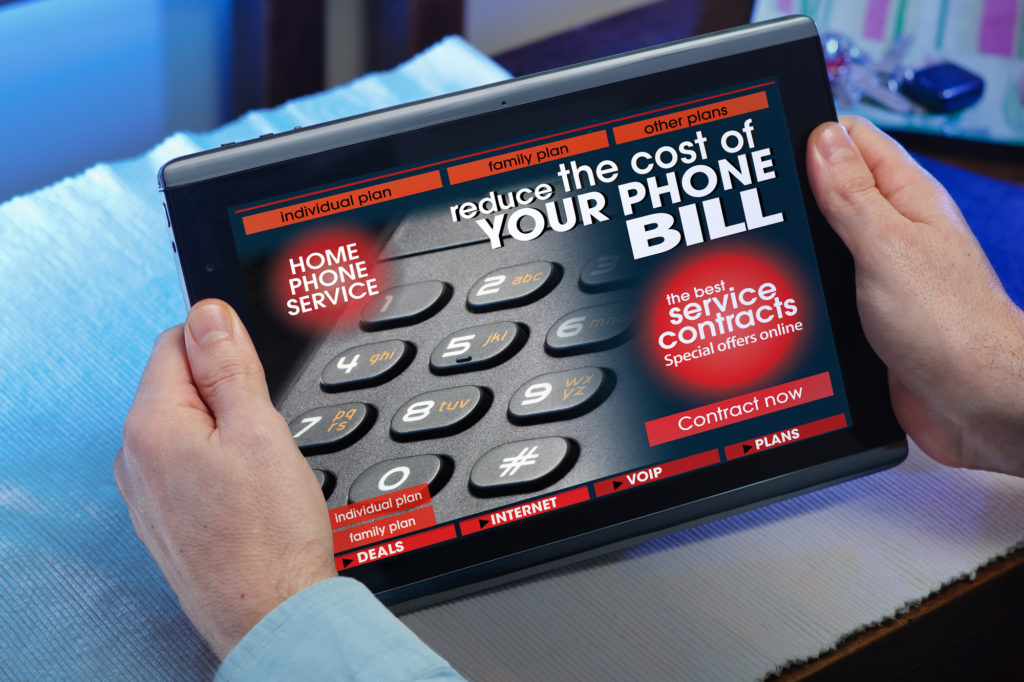(720) 240-9551
NETWORK CABLING BUSINESS PHONE SYSTEMS AURORA

Factors to Consider:
Distance: Consider the maximum distance over which you need to transmit data. Cat 6 and Cat 6A generally offer better performance over longer distances compared to Cat 5e.
Future-Proofing: If you anticipate future increases in network speed requirements, investing in Cat 6 or Cat 6A may be more future-proof, accommodating higher data rates.
Budget: Cat 5e is often more budget-friendly, while Cat 6 and Cat 6A cables may come at a higher cost. Assess your budget constraints against your performance needs.
For most standard residential and small business applications, Cat 5e may suffice. However, for more demanding environments with higher performance requirements, such as data centers or enterprise networks, upgrading to Cat 6 or Cat 6A is recommended. Always ensure that the cable you choose aligns with the capabilities of your networking equipment and supports your current and future data transfer needs.
Network Cabling, Install, Repair, & Maintenance, Service Aurora
Elevate your business impact in Aurora with Aurora Business Phone Systems, a trusted provider specializing in cutting-edge network cabling and advanced business phone systems. Our dedicated team recognizes the paramount importance of robust network cabling in ensuring seamless communication for businesses. We provide comprehensive solutions, including the expert installation of network cabling and state-of-the-art business phone systems, meticulously tailored to your specific needs. Whether you’re establishing a new office or upgrading existing infrastructure, our services are designed to enhance connectivity, streamline communication, and provide your Aurora business with a distinct competitive edge. Rely on us for dependable, efficient, and scalable solutions precisely crafted to meet the unique demands of your enterprise.
Cat 5e vs. Cat 6 vs. Cat 6A - which one do I need?
Choosing the right category of Ethernet cable depends on your specific networking requirements and the performance you desire for your data transmission. Here’s a brief comparison of Cat 5e, Cat 6, and Cat 6A cables to help you make an informed decision:
Cat 5e (Category 5e):
- Speed: Cat 5e supports data rates up to 1,000 Mbps (1 Gbps) at a maximum bandwidth of 100 MHz.
- Use Case: Suitable for basic home networks, small businesses, and applications with moderate data transfer needs.
- Advantages: Cost-effective, widely available, and works well for most common networking scenarios.
Cat 6 (Category 6):
- Speed: Cat 6 supports data rates up to 10,000 Mbps (10 Gbps) at a maximum bandwidth of 250 MHz.
- Use Case: Ideal for environments where higher data transfer speeds are required, such as large file transfers, video streaming, and data-intensive applications.
- Advantages: Provides better performance and bandwidth compared to Cat 5e, making it suitable for more demanding networking needs.
Cat 6A (Category 6A):
- Speed: Cat 6A supports data rates up to 10,000 Mbps (10 Gbps) at a maximum bandwidth of 500 MHz.
- Use Case: Designed for high-performance networks, including data centers, enterprise environments, and applications with stringent performance requirements.
- Advantages: Offers enhanced performance and is suitable for applications demanding higher bandwidth and reliability. It also provides better immunity to crosstalk.